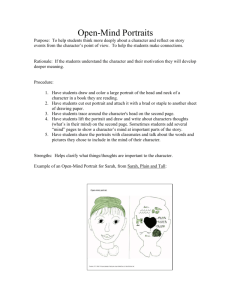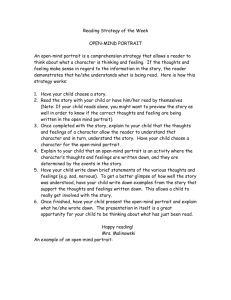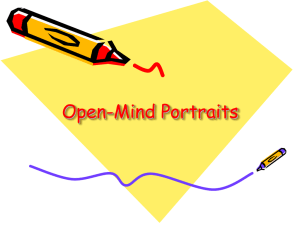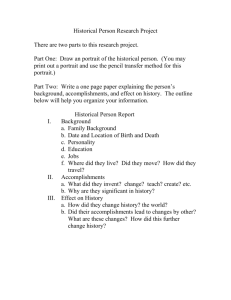Wonder Horse Lesson for K-2
advertisement
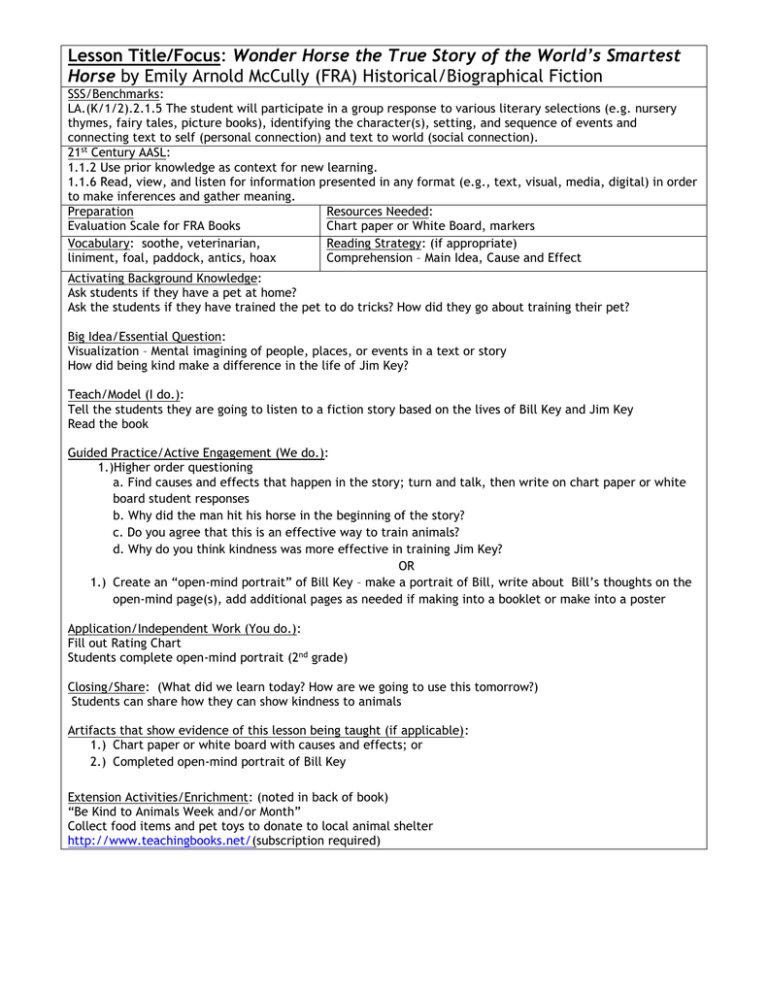
Lesson Title/Focus: Wonder Horse the True Story of the World’s Smartest Horse by Emily Arnold McCully (FRA) Historical/Biographical Fiction SSS/Benchmarks: LA.(K/1/2).2.1.5 The student will participate in a group response to various literary selections (e.g. nursery thymes, fairy tales, picture books), identifying the character(s), setting, and sequence of events and connecting text to self (personal connection) and text to world (social connection). 21st Century AASL: 1.1.2 Use prior knowledge as context for new learning. 1.1.6 Read, view, and listen for information presented in any format (e.g., text, visual, media, digital) in order to make inferences and gather meaning. Preparation Resources Needed: Evaluation Scale for FRA Books Chart paper or White Board, markers Vocabulary: soothe, veterinarian, Reading Strategy: (if appropriate) liniment, foal, paddock, antics, hoax Comprehension – Main Idea, Cause and Effect Activating Background Knowledge: Ask students if they have a pet at home? Ask the students if they have trained the pet to do tricks? How did they go about training their pet? Big Idea/Essential Question: Visualization – Mental imagining of people, places, or events in a text or story How did being kind make a difference in the life of Jim Key? Teach/Model (I do.): Tell the students they are going to listen to a fiction story based on the lives of Bill Key and Jim Key Read the book Guided Practice/Active Engagement (We do.): 1.)Higher order questioning a. Find causes and effects that happen in the story; turn and talk, then write on chart paper or white board student responses b. Why did the man hit his horse in the beginning of the story? c. Do you agree that this is an effective way to train animals? d. Why do you think kindness was more effective in training Jim Key? OR 1.) Create an “open-mind portrait” of Bill Key – make a portrait of Bill, write about Bill’s thoughts on the open-mind page(s), add additional pages as needed if making into a booklet or make into a poster Application/Independent Work (You do.): Fill out Rating Chart Students complete open-mind portrait (2nd grade) Closing/Share: (What did we learn today? How are we going to use this tomorrow?) Students can share how they can show kindness to animals Artifacts that show evidence of this lesson being taught (if applicable): 1.) Chart paper or white board with causes and effects; or 2.) Completed open-mind portrait of Bill Key Extension Activities/Enrichment: (noted in back of book) “Be Kind to Animals Week and/or Month” Collect food items and pet toys to donate to local animal shelter http://www.teachingbooks.net/(subscription required)
